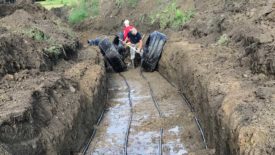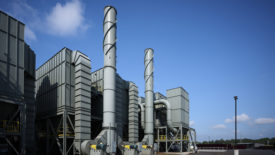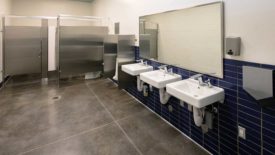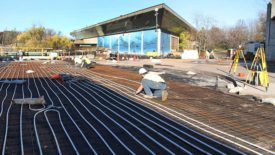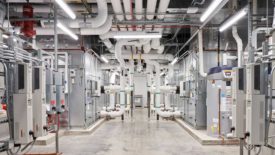Featured on Home Page
Renewable Heating Design | John Siegenthaler
Max COP Tracking — Part 1
Read More
Application considerations for CPVC plumbing systems
Inside plastic plumbing
October 23, 2023
PM Video Podcast
Best practices for Legionella prevention in plumbing systems
Discussing prevention and mitigation strategies with Special Pathogens Laboratory’s Dr. Janet Stout.
October 18, 2023
Upgrading old school restrooms
Elementary and secondary schools have opportunity to utilize funding in support of restroom upgrades.
October 18, 2023
What to know when designing hydronic radiant snow- and ice-melting systems for commercial applications
General concepts designers should know.
October 16, 2023
Editor's Note | Nicole Krawcke
The next big challenge — repurposing vacant office buildings
Redevelopment of existing properties requires updated plumbing and mechanical systems.
October 10, 2023
Guest Editorial | Rodger Reiswig and Emilie Gorzoch
Demystifying NFPA 915 Standard for Remote Inspections and Tests
Remote processes create new opportunities for efficiency, saving time and resources and improving safety.
October 9, 2023
Plumbing Essentials — Design Approaches, Codes and Everything in Between | Lowell Manalo and Robert Thompson
An approach to efficient MEP equipment room design
Considerations for an optimized mechanical room.
October 6, 2023
PM Engineer 2023 Plumbing Engineer of the Year: Kelvin H. Kennedy
Kennedy leads RTM’s plumbing studio in Dallas-Fort Worth and recently became a minority partner in the firm.
October 5, 2023
Get our new eMagazine delivered to your inbox every month.
Stay in the know on the latest plumbing, piping, hydronic and fire protection trends.
SUBSCRIBE TODAYCopyright ©2024. All Rights Reserved BNP Media.
Design, CMS, Hosting & Web Development :: ePublishing
